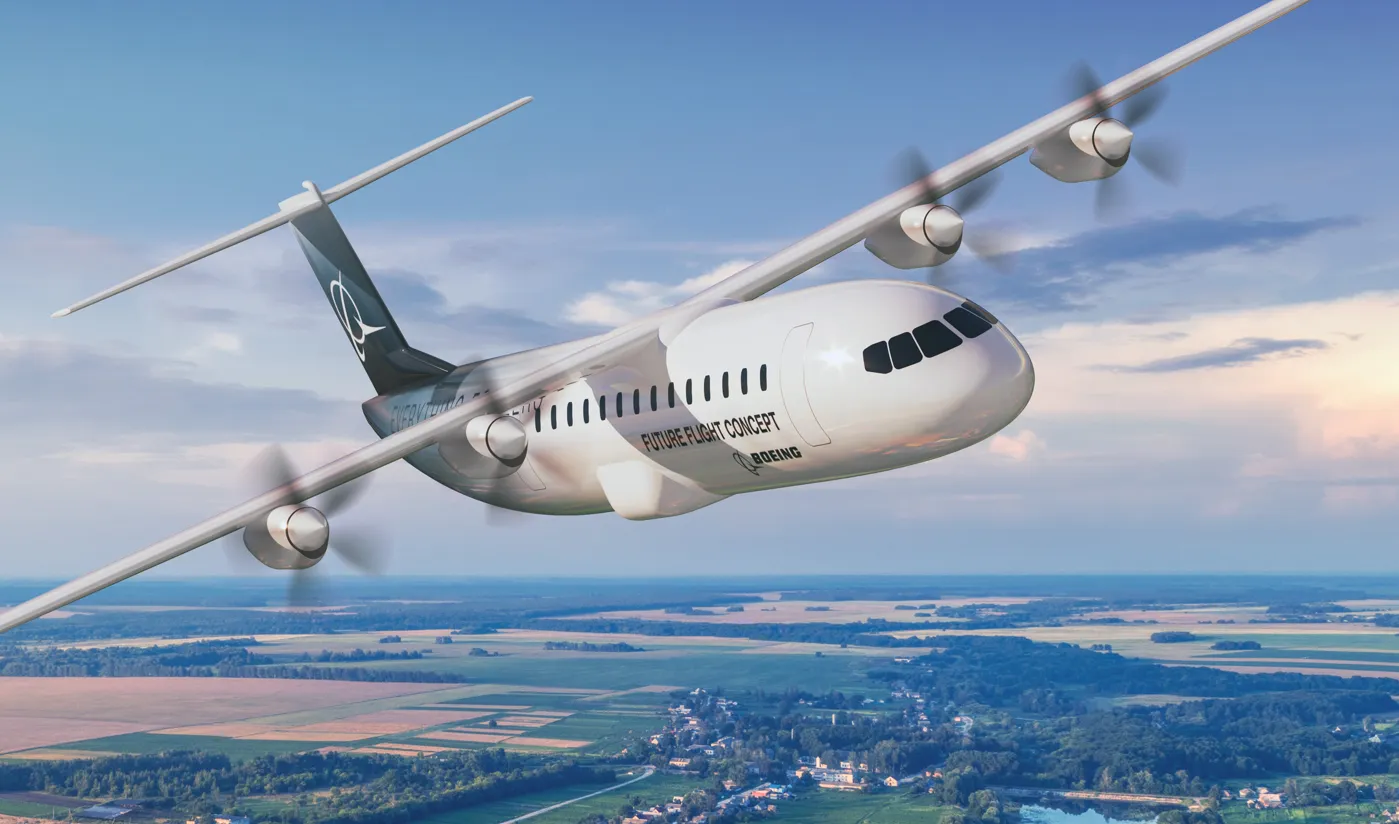
BOEING UNVEILS EMISSIONS MODELING TOOL
Jul 18, 2022

Boeing has introduced a new emissions modeling tool designed to help airlines and operators assess and reduce their carbon footprints. This innovative tool provides detailed insights into the environmental impact of various aircraft operations, allowing users to analyze emissions across different flight profiles and scenarios. By leveraging advanced analytics and data visualization, the tool empowers users to make informed decisions aimed at achieving sustainability goals. Boeing's initiative reflects its commitment to supporting the aviation industry's transition towards greener practices and enhancing overall operational efficiency while addressing the pressing challenges of climate change.
Boeing has taken a significant step towards sustainability in aviation with the unveiling of its new emissions modeling tool. This innovative tool aims to provide airlines and operators with the ability to accurately assess and manage their carbon emissions. The tool is a part of Boeing's commitment to reducing the environmental impact of air travel while meeting the growing demand for efficient and sustainable aviation solutions.
Understanding Emissions Modeling
Emissions modeling is essential for the aviation industry to understand the environmental impact of flight operations. By utilizing advanced algorithms and data analytics, Boeing's emissions modeling tool can simulate various flight scenarios, helping airlines make informed decisions about fuel efficiency and emissions reduction. This capability is particularly useful for operators looking to comply with increasingly stringent environmental regulations.
Key Features of Boeing's Emissions Modeling Tool
The emissions modeling tool comes equipped with several features designed to enhance its usability and effectiveness. Some of the key features include:
- Real-Time Data Analysis: The tool leverages real-time data to provide accurate emissions assessments based on current flight operations.
- Customizable Scenarios: Users can model different flight paths, altitudes, and aircraft types to see how these variables impact emissions.
- Integration with Existing Systems: Boeing's tool can seamlessly integrate with existing fleet management systems to streamline operations.
- User-Friendly Interface: The intuitive interface allows operators to easily navigate through various options and generate reports.
The Importance of Reducing Carbon Emissions
As the aviation industry continues to grow, the need for sustainable practices becomes more pressing. The International Air Transport Association (IATA) has set ambitious targets for reducing carbon emissions, aiming for a 50% reduction by 2050 compared to 2005 levels. Boeing's emissions modeling tool supports these goals by providing airlines with the necessary data to optimize their operations.
How the Tool Operates
The emissions modeling tool operates by analyzing multiple factors that influence fuel consumption and emissions. It processes information such as:
| Factor | Description |
|---|---|
| Aircraft Type | Different aircraft have varying fuel efficiencies and emissions profiles. |
| Flight Profile | Altitude, speed, and route can significantly impact fuel burn and emissions. |
| Weather Conditions | Wind patterns and temperature can affect flight efficiency. |
| Payload Capacity | Weight carried on board directly influences fuel consumption. |
By inputting these variables, users can generate accurate forecasts of their emissions for specific routes and operations. The tool also provides recommendations on how to reduce emissions, such as optimizing flight paths or adjusting operational practices.
Benefits for Airlines
Airlines that adopt Boeing's emissions modeling tool can expect several benefits, including:
- Cost Savings: By improving fuel efficiency, airlines can significantly reduce operational costs.
- Regulatory Compliance: The tool assists airlines in meeting regulatory requirements related to emissions.
- Enhanced Reputation: Airlines prioritizing sustainability can improve their public image and attract environmentally conscious travelers.
Future of Sustainable Aviation
Boeing's emissions modeling tool is just one part of a broader strategy to advance sustainable aviation. The company is also investing in alternative fuels, electric aircraft development, and innovative technologies aimed at reducing the carbon footprint of air travel. As the industry moves towards a more sustainable future, tools like this will be essential in guiding operators to make environmentally responsible decisions.
Conclusion
In summary, Boeing's unveiling of its emissions modeling tool marks a significant advancement in the quest for sustainable aviation. With its user-friendly interface, real-time data analysis, and customizable scenarios, this tool will empower airlines to optimize their operations and reduce their carbon emissions. As the aviation industry continues to evolve, embracing such innovations will be crucial for meeting environmental targets and ensuring a greener future for air travel.
For more information on Boeing's emissions modeling tool and how it can benefit your operations, visit Boeing's official website or contact their customer support.
Related Articles

Explore Thailand: The Best Islands to Visit for Paradise, Adventure, and Relaxation

The Ultimate Guide to the Best Islands in Thailand for Your Next Getaway

Do babies need passports? How to get a passport for a newborn

How to get a U.S. passport fast: here’s how to expedite the process

What is Mobile Passport Control: 5 reasons why you should use it

SENTRI vs. Global Entry: A detailed guide

Do you need a passport to go to the Bahamas? Let’s find out

Do you need a passport to go to Mexico? A detailed guide

Do you need a passport to go to Canada? We got the answer

Do You Need a Passport for a Cruise: An Essential Travel Guide

Booster Seat Requirements: All the Rules to Follow in Your Rental Car

What Are the World’s Most Powerful Passports, and How Does Yours Rank?

How to Take a Passport Photo at Home: A Helpful Guide

You've got to have heart! Southwest's new livery

Your opinion: Should water be free on low cost carriers?

Young women bolder than guys as solo travellers
